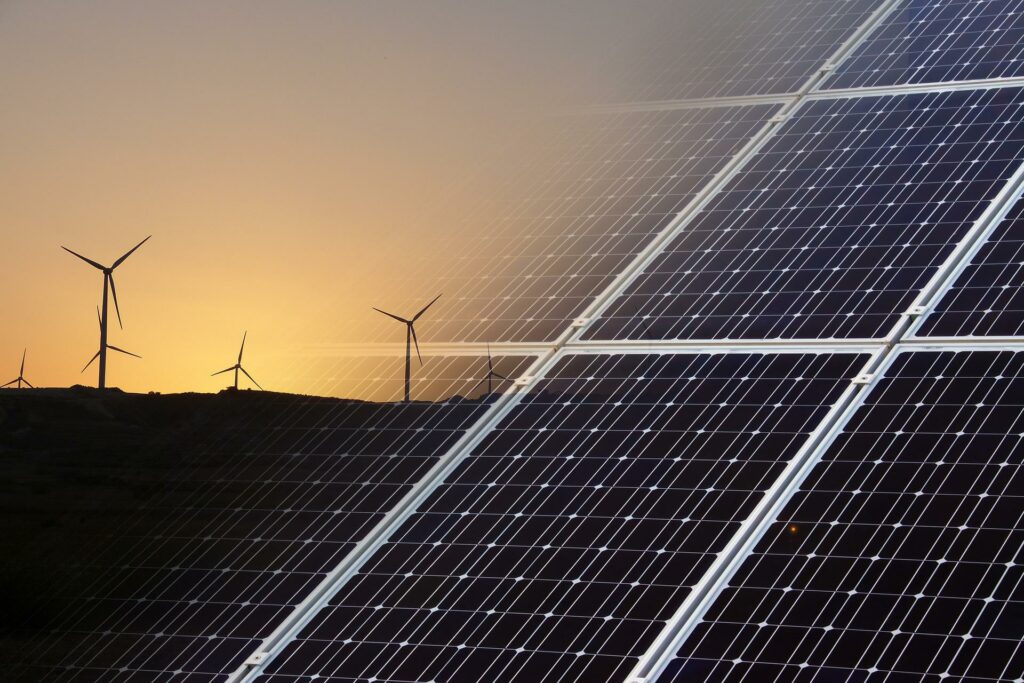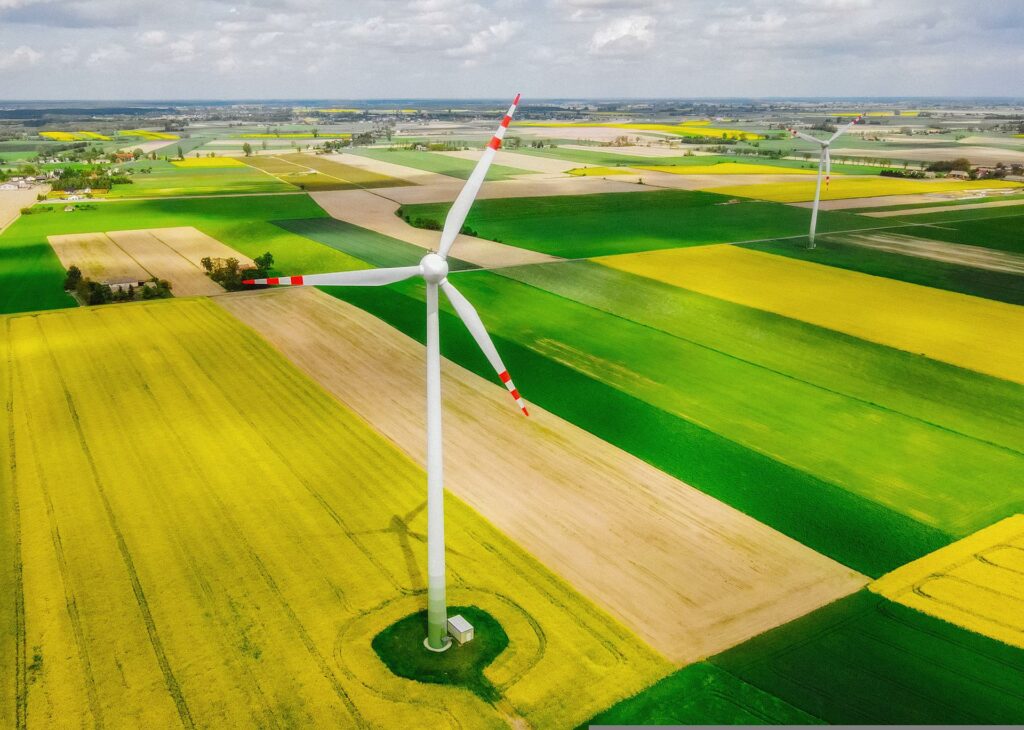Can a Renewable Source of Energy Help the Climate?
With the growing concerns around the impact of oil and gas on the climate, more and more people are switching to renewable sources of energy. They are embracing a shift to renewable energy to reduce CO2 emissions and global warming. This shift is not only required in the power generation industry, but we need to adapt to renewable energy for our transportation, heating, cooling, buildings, and other requirements. The government can reduce its carbon footprint drastically by shifting to renewables instead of using those traditional sources of energy generation. The government can employ a combination of green resources for power generation to set an example for people.
According to the International Renewable Energy Agency, approx four-fifths of the electricity in the world will be supplied by renewables by 2050. If the prediction turns out accurate, we can reduce carbon emissions significantly and protect the environment from damage due to climate change. But, the question is, how can renewable energy affect climate change? How can people contribute to the environment individually? And, what impact will it have on our environment? Let’s check out a few ways how switching to renewable sources of energy can help the climate.

Renewable Energy and its Impact on the Climate
We have seen remarkable growth in solar and wind energy in the past few years. Not only commercial properties but residential units are also embracing solar energy to power their home. It helps them do their part for the planet while saving a few hundred bucks on the electricity bills annually. Renewable energy is already available as a cheaper alternative to nuclear power plants. People have started switching from the old, outdated, and inefficient electricity units to renewable sources of energy to go green.
Here’s how the switch to renewable energy can benefit the environment:
It Generates No Emission All Climate
The biggest problem with electricity generated from fossil fuels is that it causes greenhouse gas emissions. In fact, 25% of the greenhouse gas emissions occur because of fossil fuels in the US. By switching to renewables, you can protect the environment from air pollution and greenhouse gas emission. Solar and wind energy doesn’t release carbon dioxide, methane, and other harmful gases that are linked to increased risk of air pollution.
It Lowers Your Carbon Footprint To Help The Climate
As sustainability has become people’s priority, people are now more aware of their actions that might affect the environment. It isn’t only about the plastic we throw into the oceans and its impact on marine life. But everything — from the food we eat to the daily use items we purchase from grocery stores — affects our environment. These actions can be used to assess your carbon footprint, which is used for determining your contribution to the greenhouse impact or climate change. Even small decisions, like switching to paper bags instead of plastic or using energy-efficient bulbs instead of incandescent lights, can make a big difference to your carbon footprint. For example, if you switch to solar energy, you will replace fossil fuels with green energy, thus preventing CO2 emissions.

It Reduces Air Pollution
Fossil fuels are burned to generate electricity, which results in the formation of nitrogen oxide—a harmful greenhouse gas. It has detrimental effects on our climate and the environment.
First of all, nitrogen oxide can produce ground-level ozone, which is a very harmful air pollutant. Secondly, it causes acid rain. Note that the ground-level ozone is not the ozone layer that protects us from harmful UV rays. It is called tropospheric ozone, which can lead to many serious health diseases, including respiratory problems and throat irritation. The combination of sunlight, heat, and a variety of chemical compounds produces tropospheric ozone, which can have a devastating impact on the climate and our health.
It Uses Less Water
Nearly every source of energy requires a considerable volume of water to produce electricity. Nuclear energy and natural gas, for example, require hot water. In fact, they need as much as 60,000 gallons of water per MWh of electricity. If we compare this with the renewable source of energy, the solar panels drain 20,000 gallons of water a year, thus saving a significant amount of water used for electricity generation.
Now that you know the benefits of renewable energy for our climate, this leads us to an important question, “what can we do to embrace renewable energy and contribute to the environment”?
Easy Ways to Use Renewable Energy for Your Home
Renewable energy is produced from natural sources that can be replenished easily. It is often called green energy since the process of generating energy from these sources does not result in the emission of greenhouse gases. The first step to contributing to this planet is by adapting to renewable energy. Switching to green energy can help you take part in protecting the environment from climate change and air pollution. Let’s see a few ways you can incorporate renewable energy and contribute to the environment.

Wind Energy
You must have seen the wind turbines installed on the large wind farms. Well, these are also available for smaller spaces. They come as a free-standing pole. You could also install them directly on your building. The power is generated with the turning blades, which rotate automatically by the wind. They are not sufficient for powering your entire home’s electricity, but they can be used to supplement the electricity generated by the power grid. Wind energy might not be as efficient as solar energy, but it’s a great alternative to the traditional sources of energy that don’t only burn fossil fuel but cost you a significant amount of money on energy bills.
Use Solar Panels
You must already know about the solar panels that are installed on your roof. They use sunlight to power the electrical appliances in your home. They have a simple function — to absorb the sun’s rays and convert them into electricity that can keep the temperature in your home normal in all seasons. The panels are charged in the daylight. They store the sunlight in the batteries so that the power doesn’t go out when the sun goes down.
The weather doesn’t have to be sunny for these panels to work, although solar panels tend to work better on sunnier days. Instead of relying on the traditional means of electricity generation, you can now generate electricity on your own with solar panels. The biggest advantage of installing this energy-efficient system is that it allows you to embrace sustainability. You will no longer rely on the grid or pay excessively high energy bills annually. Although the upfront cost of installing solar panels is a bit high, it will pay for itself over the course of 2-3 years.
Install Curtains and Blinds
Small changes, like using curtains and blinds, can improve your home’s efficiency. You can open the curtains to allow natural light into your home. Curtains act as natural insulators by keeping your rooms warm in winter and cool in summer.
Air Source Heat Pumps
Another sustainable and eco-friendly addition to your home is the air source heat pumps. They are used to extract the outside air to keep the atmosphere in your home warm and provide you with hot water. The system works in the same way as a refrigerator. The only difference is that it collects hot air and uses it to warm your room. The system is capable of working in just about any temperature, even if the temperature falls below freezing. These heat pumps are sustainable and energy-efficient. They are much better compared to the traditional heating units. They can help reduce your carbon footprint and make your home more sustainable and greener. The best part is they are silent during operation. Save yourself up to a thousand dollars annually on electricity bills with air source heat pumps.
Switch to a Renewable Energy Plan
The US has a deregulated energy market, which means each household gets to choose an electricity plan that fits their budget and preference. Many electricity suppliers offer 100% renewable energy plans, which include electricity generated from solar panels, wind, and other natural sources. If your budget doesn’t allow you to install solar panels, consider choosing an energy provider that offers a renewable electricity plan. Shop for your electricity plan and choose a renewable option that suits your individual needs and budget.
Bottom Line
What could be a better way to contribute to the environment than by going green? Your electricity system is the best place to start. Replace all those worn and traditional electrical units with either solar panels or wind energy and enjoy significant savings on your energy bills. With renewable energy becoming more affordable and energy-efficient with time, it only makes sense to embrace this shift as soon as possible. Not only for the environment, but a shift to renewable sources of energy can have a great impact on your annual electricity bills too. So, what are you waiting for? The above tips will help you go green.


I agree on this!👍😊